The Hunter is the archetypal forest man of Rangers in Dungeons & Dragons 5E. The Hunter is also fairly multi-faceted, offering several choices per feature that have a best and worst option. Many of these abilities are situational, so if you’re wanting to survive on the battlefield, knowing which Hunter feature will come up the most often is a good idea.
The Hunter, like most Rangers, gain a feature at level three, seven, 11, and 15. However, unlike most Rangers, these features come from a choice of two to three different options. This can be confusing, as many of the choices are highly situational.
Many of the tips here can apply to the BG3 version of the class, though they work slightly differently in the video game.
The best 5E Hunter Ranger options at each level, ranked
While the Hunter Ranger is one of our least favorite subclasses in 5E, it is perhaps one of the more versatile ones. Being able to choose between three choices can be intimidating. However, when choosing the best option, it’s important to note that the strongest choices should be commonly used in all situations.
Since you don’t spend a resource to use these, having access to your features in any fight should be priority number one.
Hunter’s Prey

Hunter’s Prey is the aggressive start, offering multiple ways to deal additional damage in combats. In general, only one option is acceptable here, though BG3 hunters might find the second-best option more enticing.
3. Giant Killer
You get to swing on a Large or Larger creature as a reaction, after they target you with an attack and after the attack resolves.
Where to begin? You are not going to fight a Large or larger creature in every fight you get into. And, when you do, you won’t be the one the creature is targeting at all times. Giant Killer relies on one too many situational modifiers for its own good. And ranged builds will rarely want to be in this situation in the first place.
That’s not even mentioning if you get hit by a Large creature, you might just become a splatter on the wall.
It’s certainly not the worst thing in the world. But, having it active all of the time feels very rough.
2. Horde Breaker
Horde Breaker lets you, when you attack a target, attack another target right next to them without taking an action. This is a huge boost to the action economy, which is undoubtedly great. Dealing damage with your bow or Rapier thrice per turn is a boon only the Fighter has easy access to.
However, you are relying fully on your quarry being right next to your target. This can be set up, but guaranteeing its consistency is impossible. Adjacency usually only occurs during the most gummy fights in 5E, and those can’t be relied upon.
BG3 improved this significantly, by giving you three meters (or 10 feet) of leeway. This means you can get the extra shot more often, but there are still going to be a handful of fights where it’s simply not an option.
1. Colossus Slayer
The pinnacle of consistency, Colossus Slayer is the only real Hunter choice at level three. That’s because, upon damaging a damaged target, you simply deal d8 bonus damage to the target. This effect applies once per turn.
It’s no Hunter’s Mark, but it’s about half of one. Enemies will be damaged often, so use this as a follow-up tool to ensure the target dies faster. An average of 4.5 damage every round is nothing to sneeze at.
There is no doubt this is a somewhat small effect, especially when compared to other subclasses like Horizon Walker or Fey Wanderer. But, it certainly adds up, and you’re almost guaranteed to apply it every round, unlike the other two choices.
Defensive Tactics
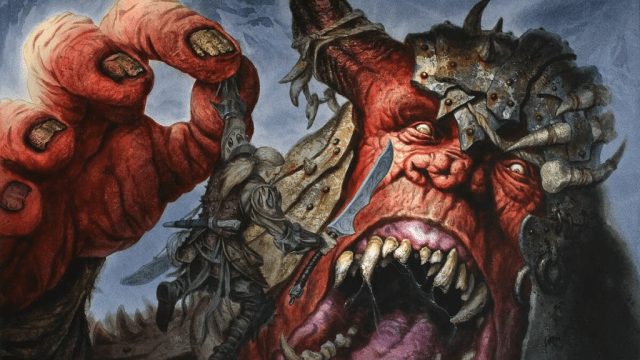
Time to tank up. Level seven is the time when you must build a bit of extra durability. You’re not going to become a Barbarian, but you have unique tools here.
3. Escape the Horde
Escape the Horde provides disadvantage on opportunity attacks made against you.
This is a benefit so minor that it barely warrants discussion. Rangers have fairly large health pools and good AC. There aren’t many occasions where you can’t just turn your back and high-tail it, eating maybe a hit on the way out.
If you must cut and run from a melee engagement, you can usually Disengage just fine. And relying on disadvantage in a life-or-death situation like that is risky, anyway.
2. Steel Will
Steel Will grants an advantage on saves against anything that causes Frightened.
The Frightened condition is frustrating as a Ranger. You love attack rolls and, for melee builds, need to move towards priority targets. Having advantage against this condition is useful. Frightened is a fairly common condition, as well, with a handful of spells and monster abilities applying it liberally.
But, advantage on saves against one condition is a tough sell. It certainly doesn’t help that the Ranger tends to have above-average Wisdom saving throws, making it easier for them to save against this frustrating condition.
If only this was advantage on all Wisdom saves, we’d have something to talk about. Sadly, it’s too situational to really see play.
1. Multiattack Defense
Multiattack Defense is, unfortunately, the most potent option at level seven. It provides a plus-four to AC against attacks from a creature after they hit you in a round.
It’s not great that this is your best defensive option, but it certainly comes in handy. A handful of creatures in 5E can slam you multiple times in a turn. And, after you get hit once, you’re probably looking at 20 percent or more of your health dropping in said hit. So, getting a 20 percent chance to dodge future hits is nice.
And it’s not like this only works against dumb melee foes. Mages, for instance, can use Scorching Ray to hammer you with attack rolls in a round. A Warlock‘s Hex barrage can be dodged much easier using this ability, potentially keeping you alive for a turn.
It kind of comes down to getting attacked by a creature multiple times per turn being slightly more likely than getting feared. Not a fantastic feature, but it’s yours.
Multiattack
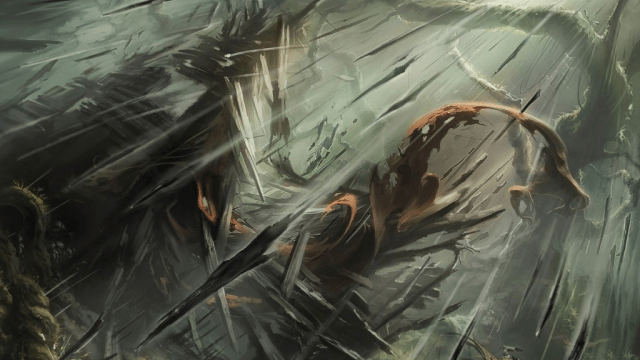
Let’s be frank—both Multiattack options are stellar. One is slightly better than the other on paper, but it’s really a “choose whatever one fits your build better” situation.
2. Whirlwind Attack
As an action, Whirlwind Attack lets you swing at every enemy within five feet of you.
Weapon attacks are fairly strong in 5E, and this is no different. You can easily put a half-Fireball worth of damage or more into nearby foes. As long as you’re hugging three or more enemies, this action gives free attacks with no caveats.
However, unsurprisingly, five feet of range is tiny. There aren’t any ways to improve the range of this attack, even with reach weapons. That makes it very difficult to reliably use since you do need to be shaking the hands of about four or five foes to make this worthwhile.
In the situations where this is useful, you’ll be extremely happy you can use it. However, you’ll otherwise be saving this for emergencies. Which is fine.
1. Volley
Volley, the slightly better Multiattack option, allows you to attack all creatures within a 10-foot radius of a point within your weapon’s range.
This is a pretty big upgrade over Whirlwind. The area of effect just about matches the Shatter spell. It can pretty easily catch three enemies, with the potential to grab more at the start of a fight. So, Volley can be just as effective.
You can even put this area of effect over allies since you choose your shots. So, it’s even more flexible than a pretty solid level two spell. And you get to spam it every round. Your Wizard will be sweating.
This is a very valuable addition to your tool kit, but remember your Hunter’s Mark and dealing single-target damage to priority targets. You actually still proc your Mark with Volley, since it is an attack roll, so set it up beforehand and you can still actually deal solid damage to a single enemy.
Try to have Sharpshooter by this point or the next level. That’ll really up the damage of this action.
Superior Hunter’s Defense

Now that we have area-of-effect damage, we return to another defensive ability. Unlike level seven, this one has a pretty crystal-clear, universal answer.
3. Stand Against the Tide
As a reaction when something misses you, you can force it to attack something else. It must use the same attack.
This is so close to being relevant in most situations, but just barely doesn’t work all of the time. It relies on a creature always being in range of the attacker to maximize efficiency and it just isn’t always the case.
If you’re fighting a Monk and she whiffs, you’d need that Monk to be hugging an ally to force the re-target. And, in the case of the Monk, the re-target wouldn’t exactly be high damage, since select enemies need multiple attacks to deal high damage.
Against ranged enemies, however, this can be pretty devastating damage. If a Sorcerer whiffs their Crown of Stars attack and has to dome an ally for 4d12, then the fight quickly swings in your favor.
It’s a really cool reaction that doesn’t work often enough for optimization.
2. Evasion
When you make a Dexterity saving throw and succeed, you take no damage from the effect. On a failure, you take half damage.
Dexterity saving throws are still fairly common, even at level 15 and beyond. The ability to basically have resistance to DEX saves is great. The ability to take no damage from some of the most damaging effects in DnD 5E is also very strong since those effects are balanced around dealing half damage when resisted.
This is a great choice and generally fine to pick up. However, even this late into the game, there is one effect that is just slightly more likely to proc in any given combat.
1. Uncanny Dodge
Uncanny Dodge is a reaction that lets you take half damage from attacks and is the best level 15 feature in general.
While Evasion gives you very strong protection against a category of magic, Uncanny Dodge gives you similar protection against the much more common attack roll. Some magic still uses attack rolls, even at this level, so you’re not ignoring casters.
And you’re giving the much more common high-damage punches to the face a lot of respect. Rogues love this feature for a reason. It’s also nice to finally have a reaction that doesn’t burn spell slots.
Uncanny Dodge is so effective at its job, it barely edges out two other fantastic options. It combos very well with Multiattack Defense, too; you can halve the damage of the first hit and then take a plus-four to dodge the rest of the swings.



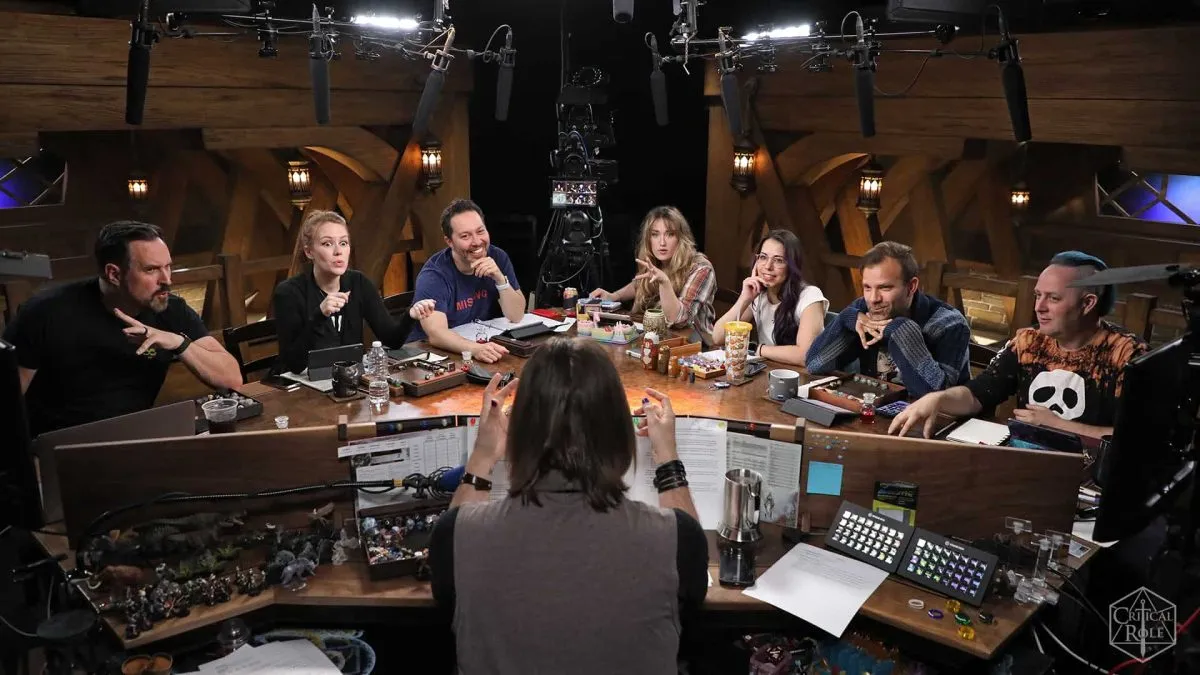
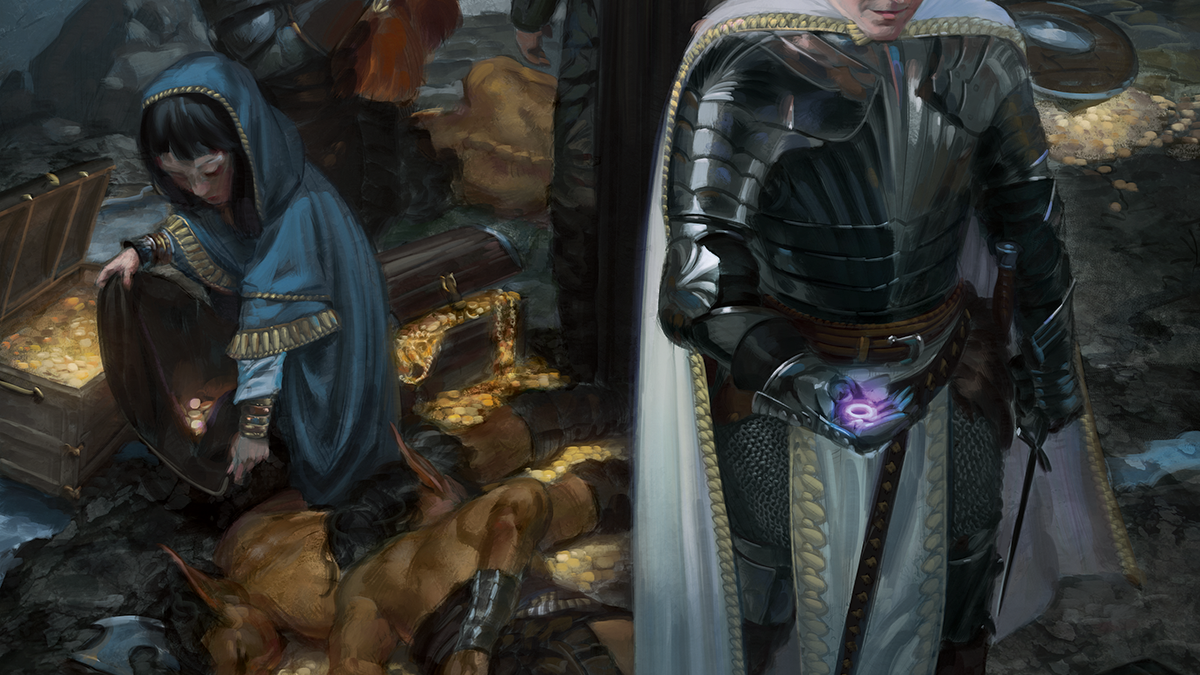
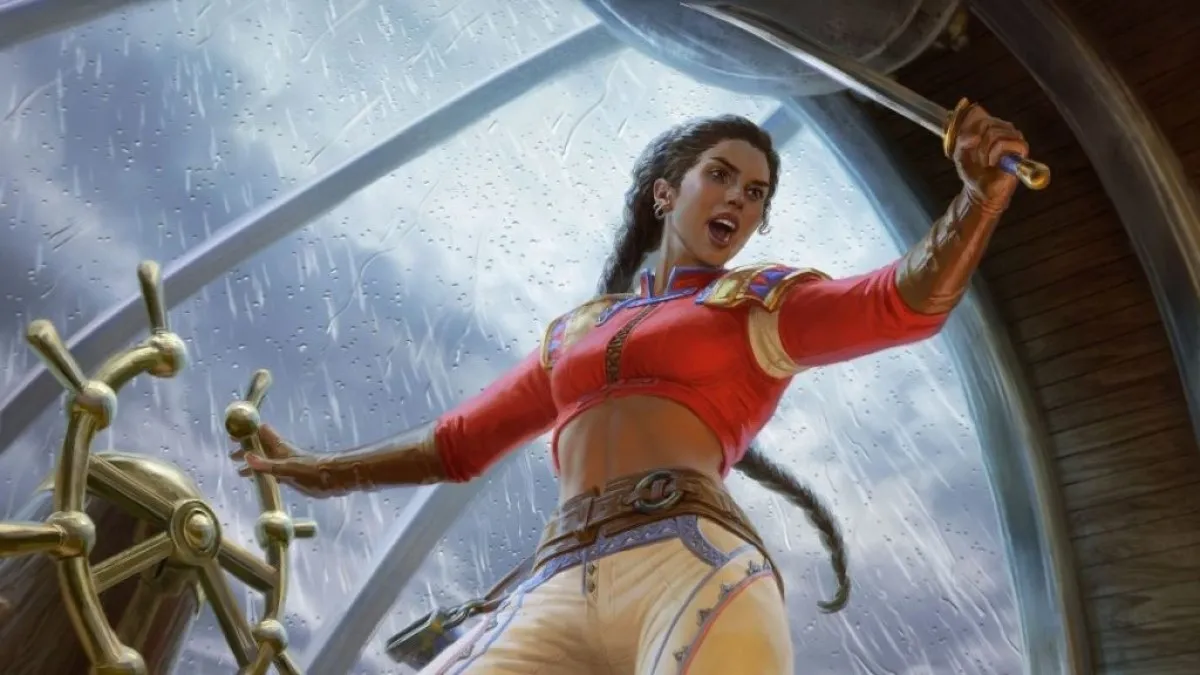
Published: Oct 27, 2023 12:52 am